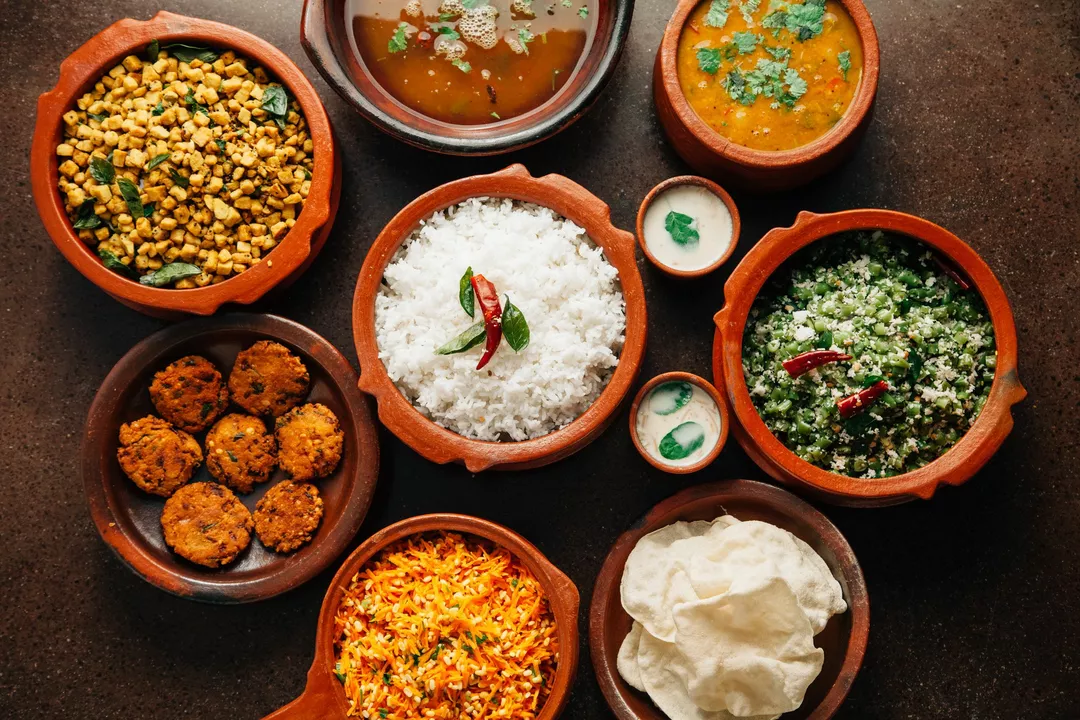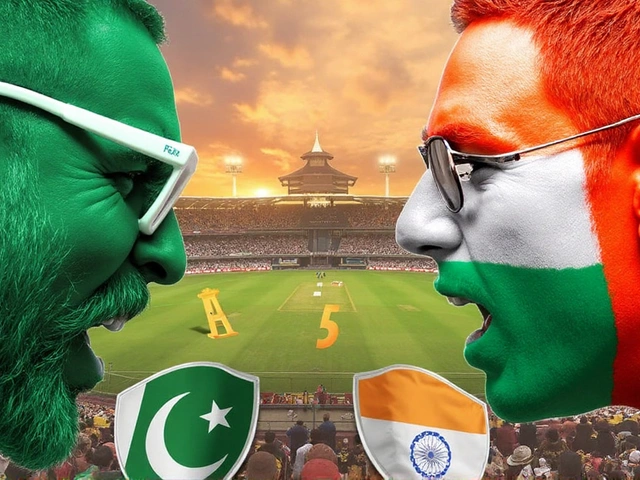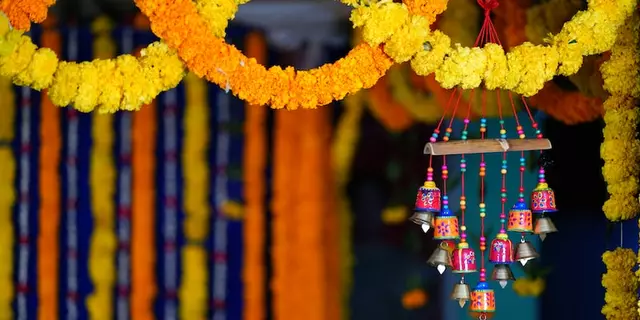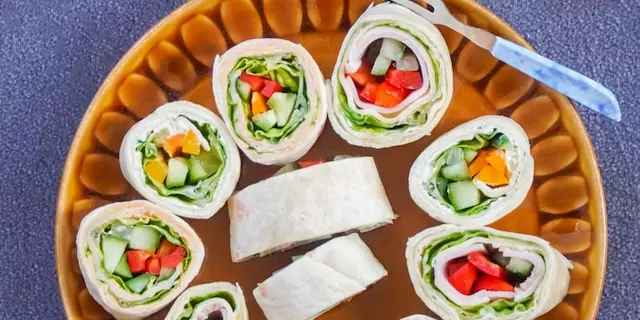Cuisine: Quick Facts, Tasty Tips, and Cultural Highlights
If you’re scrolling through endless articles and wonder what’s actually useful about food, you’re in the right spot. Here we break down the most asked‑about bites, from the samosa that many call India’s guilty pleasure to the flatbread showdown between paratha and tortilla. No fluff, just straight answers you can use today.
Indian Snacks: What Makes a Samosa So Hard to Resist?
The samosa is a deep‑fried triangle packed with spiced potatoes, peas, and sometimes meat. Its crunch comes from a thin dough that’s fried at high heat, locking in the filling’s steam. While delicious, a single serving can pack 250‑300 calories, a good dose of saturated fat, and a splash of sodium. If you love the flavor but want to watch your waistline, try baking the pastry at 200°C for 25‑30 minutes and brush it lightly with olive oil. You’ll keep most of the crisp while slashing the fat.
Flatbread Face‑Off: Paratha vs. Tortilla
Both paratha and tortilla are everyday staples, but they come from very different kitchens. A paratha is an Indian unleavened flatbread made with whole‑wheat flour, ghee, and sometimes butter, cooked on a hot griddle (tava). It’s thicker, richer, and often stuffed with potatoes or paneer. A tortilla, on the other hand, can be corn or flour based, much thinner, and cooked on a flat pan (comal). Because of the lower fat content, tortillas are a lighter base for wraps, while parathas shine as a hearty side for curries. If you’re switching between the two, remember the cooking time: parathas need a few minutes on each side to develop those golden layers, whereas tortillas cook in under a minute per side.
Beyond these two, Indian cuisine is a massive mosaic of flavors. The “most unhealthy” label often lands on deep‑fried foods, but moderation is key. Pair a samosa with a fresh cucumber raita to balance the heat, or serve a paratha with a side of mixed veg to boost fiber.
Want a quick tip to make any Indian dish healthier? Swap heavy cream for low‑fat yogurt when you’re making gravies or marinades. The tang stays, the calories drop, and the texture stays creamy enough for most recipes.
Whether you’re a student preparing for the PSC exam or simply curious about food culture, remembering these practical pointers can help you enjoy tasty meals without the guilt. Keep experimenting, stay curious, and let your kitchen become a small lab for flavor discovery.

Is Indian food popular in USA?
- Date: 10 May 2023
- Categories:
- Author: Aarav Khatri
As a food enthusiast, I've noticed that Indian food has indeed gained popularity in the USA. The diverse and rich flavors have captured the American palate, resulting in a growing number of Indian restaurants across the country. Indian dishes like curry, naan, and biryani have become favorites for many Americans, and even fusion cuisine is on the rise. The demand for authentic Indian spices and ingredients has also increased, making them more accessible in local grocery stores. Overall, it's exciting to see Indian food becoming a beloved part of the American culinary scene.




